Many shipping companies are planning to expand their fleets with a variety of types of vessels from container ships, bulk carriers, and oil tankers, helping to increase competitive advantage and consolidate market share.
Businesses massively invest in new ships
According to Giao thong Newspaper, many shipping companies are planning to expand their fleets. One of the companies with the largest container fleet in Vietnam, Hai An Transport and Stevedoring Joint Stock Company, has completed the construction of four new container ships with a capacity of nearly 1,800 TEUs and purchased more ships. As of November 2024, the company owns and operates 16 ships with a total capacity of about 26,500 TEUs.
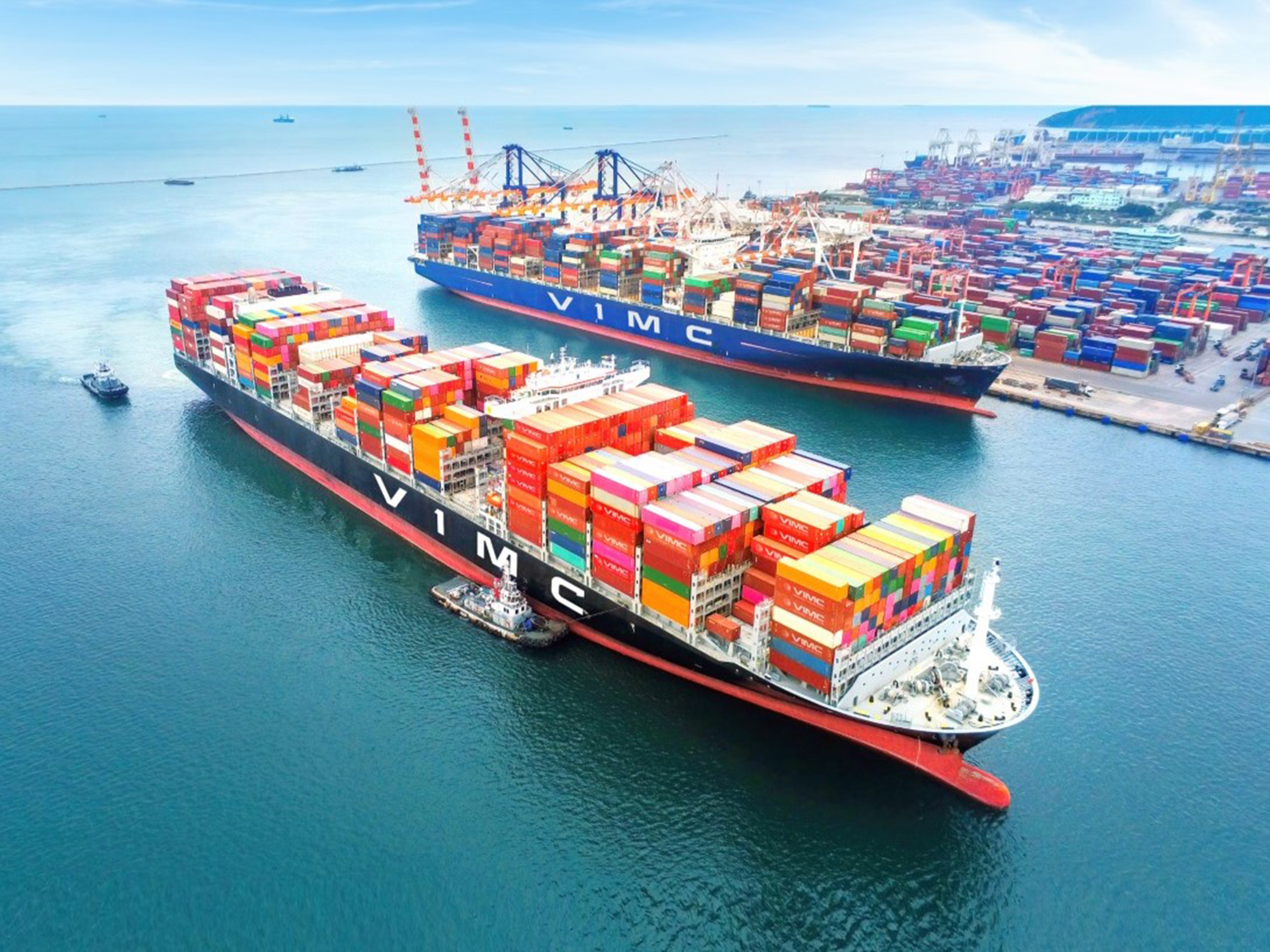
In 2025, the shipping market continues to have unpredictable developments.
Vietnam National Shipping Lines (VIMC) also plans to continue investing in new ships or buying old, fuel-efficient, environmentally friendly ships. At the same time, it will accelerate the liquidation of old ships with low operating efficiency that do not meet IMO environmental requirements.
Similarly, Vinaship Shipping Joint Stock Company has been planning to invest in expanding its fleet. In 2024, this enterprise has invested in a bulk carrier with a capacity of 28,189 DWT.
Not out of the ship investment race, in the first quarter of 2025, Vietnam Maritime Transport Joint Stock Company (Vosco) will welcome 2 new ships. By the end of 2024, Vosco has also invested in purchasing 2 Supramax bulk carriers (ships of about 50,000-60,000 tons).
Mr. Dang Hong Truong, Deputy General Director of Vosco, said that at this time, the price of ships is at a suitable level. Recently, the company has liquidated a number of old ships that do not meet business capacity as well as emission reduction requirements.
According to Mr. Truong, currently, domestic transport demand has not increased dramatically, so the transport market is relatively stable. In the intra-Asian market, transport demand remains high. However, environmental requirements are increasingly tightening, so in order to continue operating effectively, investing in a new fuel-efficient fleet that meets international conventions is necessary.
"To completely replace the fleet with newly built ships is very costly, not every business has the potential," said Mr. Truong, adding that businesses that do not have enough potential will continue to operate old generation ships.
Freight rates slightly reduced
According to PV's research, at the end of January 2025, data from the independent Drewry Maritime Research Center showed that container freight rates are on a slight downward trend. The Drewry WCI composite index decreased by 2% to 3,364 USD/40-foot container, 137% higher than the average of 1,420 USD in 2019 (before the pandemic).
The freight market has cooled significantly since mid-2024, but it can still generate high profits for businesses. Freight rates for ships going around the Cape of Good Hope from Asia to Northern Europe are $4,000 - $5,000 per 40-foot container.
However, experts say the market has not yet fully returned to normal.
2025 is expected to be a year with many factors affecting the market, making it unpredictable. In the first quarter of 2025, maritime transport is expected to continue to benefit from political conflicts around the world.
The tense situation in the Red Sea means that ships are still having to go around the Cape of Good Hope, increasing the distance traveled and increasing the cost of shipping. At the same time, increasingly stricter emissions controls in many places are forcing some “old” ships to slow down, which could lead to a temporary shortage of ships.
There will be price competition.
According to Seatrade Maritime, fleet growth is expected to slow this year to 6%. In addition, US President Donald Trump’s tax plan, threats of strikes at US seaports, changes in the structure of shipping line alliances… may affect the shipping market.
In particular, the restructuring of shipping alliances can lead to a reduction in freight rates. Mr. Pham Anh Tuan, General Director of Portcoast Consulting and Marine Engineering Joint Stock Company, said that new alliances can have competitive plans to attract cargo sources and gain market share, and can also provide new services with more competitive prices.
"Price competition will be better for the market," Mr. Tuan commented, noting that this could also increase costs.
Specifically, when forming new alliances, shipping lines can adjust transportation surcharges to compensate for the restructuring of the alliance. This will affect Vietnamese import-export enterprises because most import-export goods depend on foreign shipping lines.
According to observers, the impact of the world situation has affected the production and business activities of Vietnamese ship owners, but not significantly, because the market share of Vietnamese maritime transport is still very small. Currently, Vietnamese enterprises mainly transport domestic goods and open some routes to Asia.
Despite investing in fleet development, looking at the opportunities for Vietnamese shipping enterprises in 2025, especially with the restructuring of shipping alliances, Vosco's leaders assessed that it would still be difficult for the Vietnamese fleet to gain a foothold.
The reason is that, compared to the world fleet, the Vietnamese fleet is quite small in both size and tonnage. With the tonnage of ships mainly around 1,000 TEU, Vietnamese businesses can only participate in feeder routes (consolidating goods) for mother ships around the intra-Asian region.
Source: https://www.baogiaothong.vn/chay-dua-dau-tu-mo-rong-doi-tau-van-tai-bien-192250204125217432.htm


![[Photo] Prime Minister Pham Minh Chinh chairs the Government's special meeting on law-making in April](https://vstatic.vietnam.vn/vietnam/resource/IMAGE/2025/4/13/8b2071d47adc4c22ac3a9534d12ddc17)
![[Photo] National Assembly Chairman Tran Thanh Man attends the Policy Forum on Science, Technology, Innovation and Digital Transformation](https://vstatic.vietnam.vn/vietnam/resource/IMAGE/2025/4/13/c0aec4d2b3ee45adb4c2a769796be1fd)
![[Photo] National Assembly Chairman Tran Thanh Man attends the ceremony to celebrate the 1015th anniversary of King Ly Thai To's coronation](https://vstatic.vietnam.vn/vietnam/resource/IMAGE/2025/4/13/6d642c7b8ab34ccc8c769a9ebc02346b)



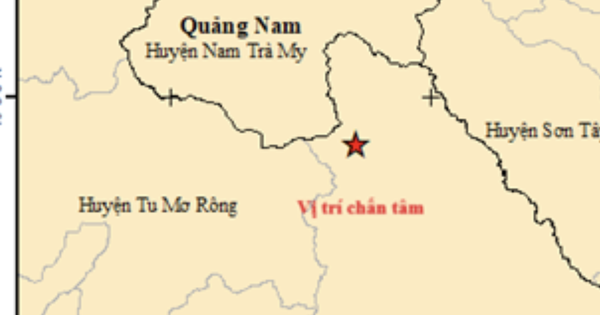

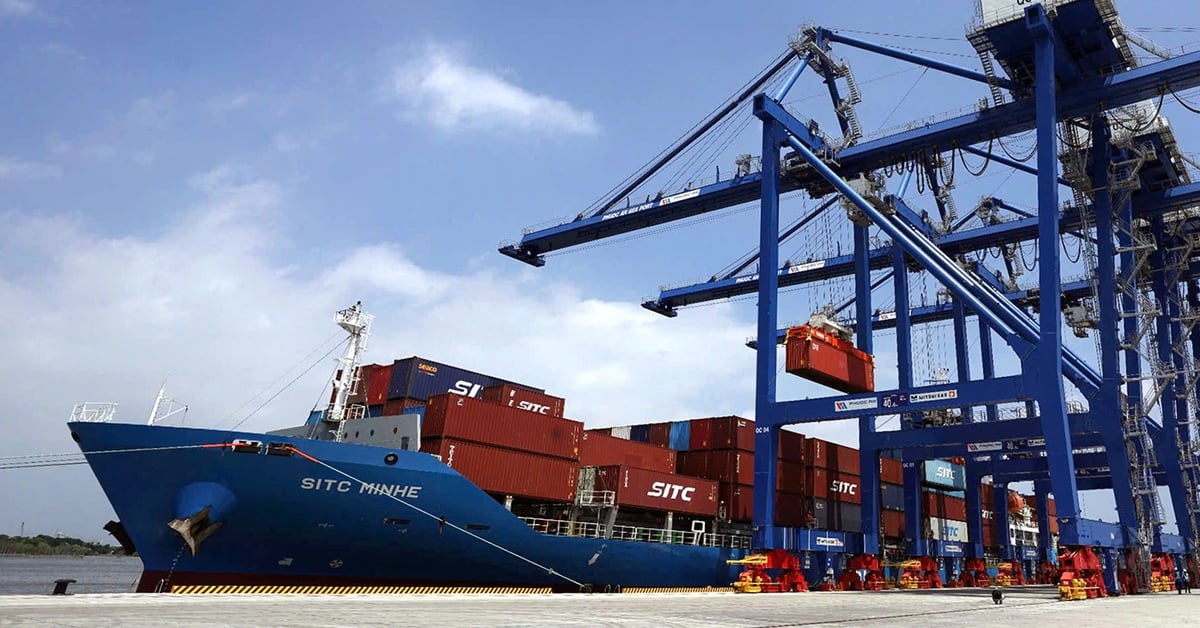

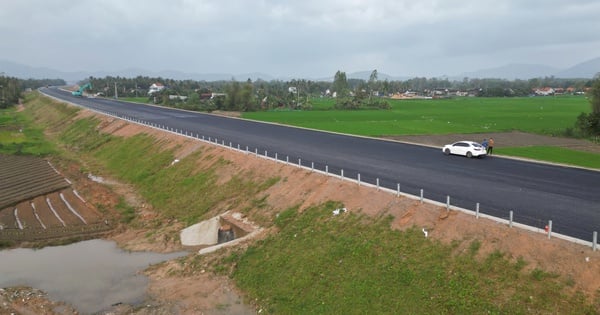
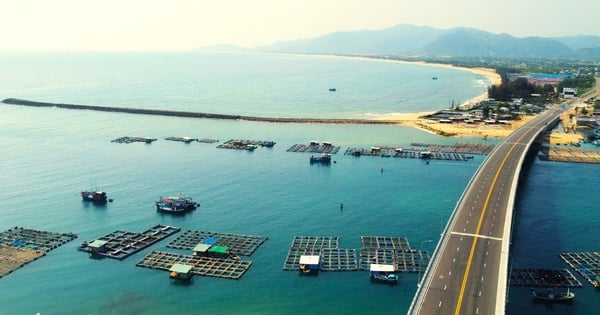



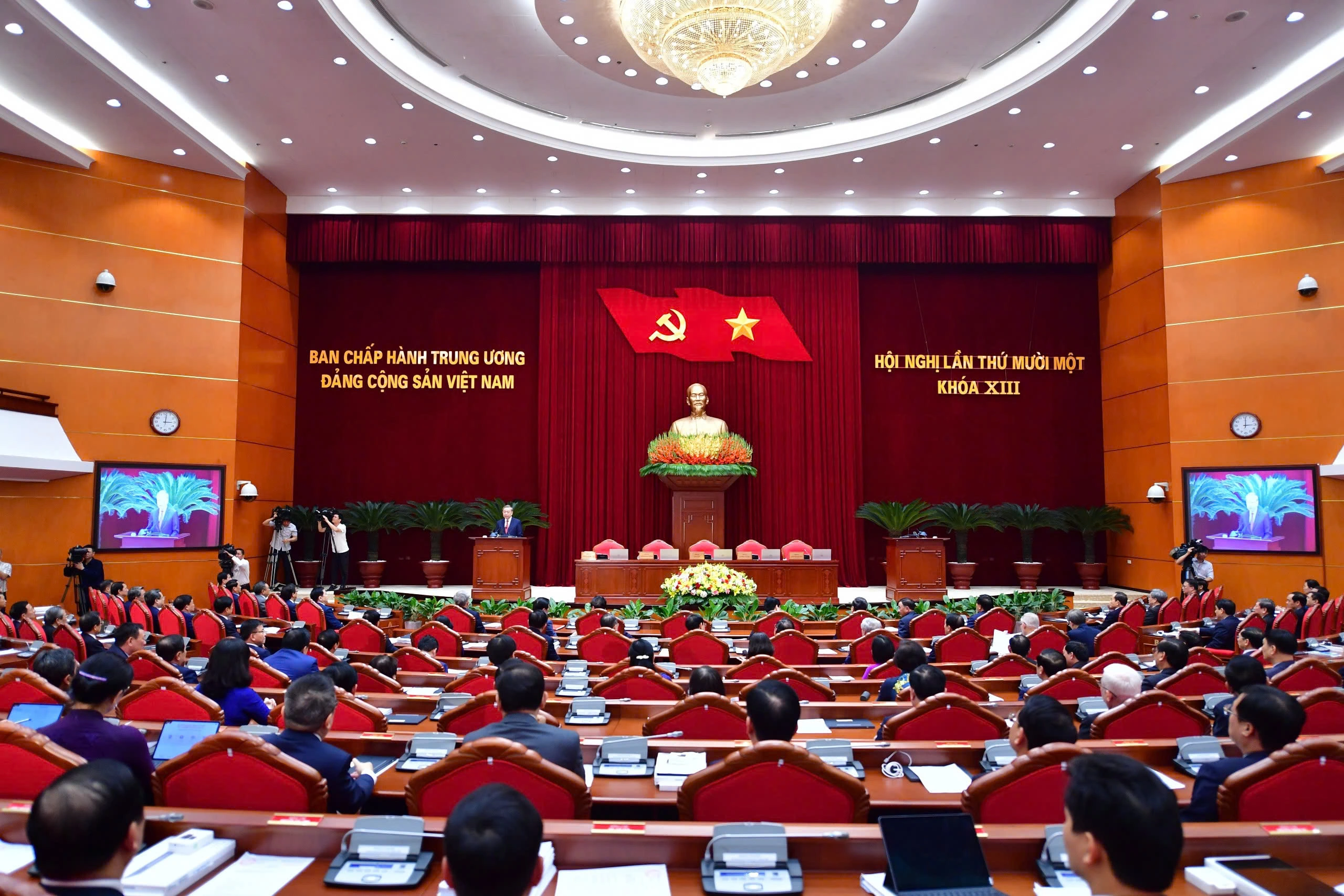
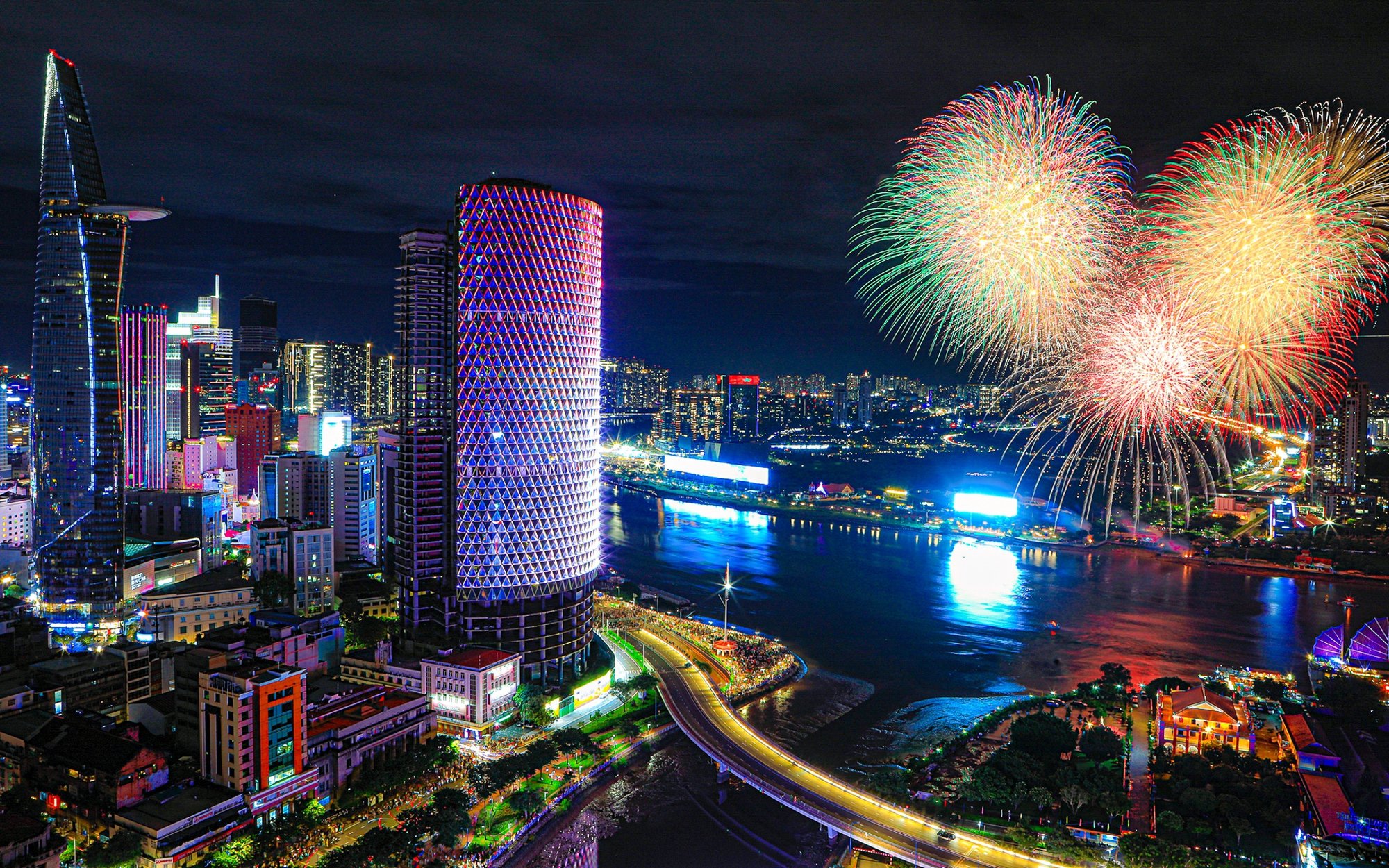
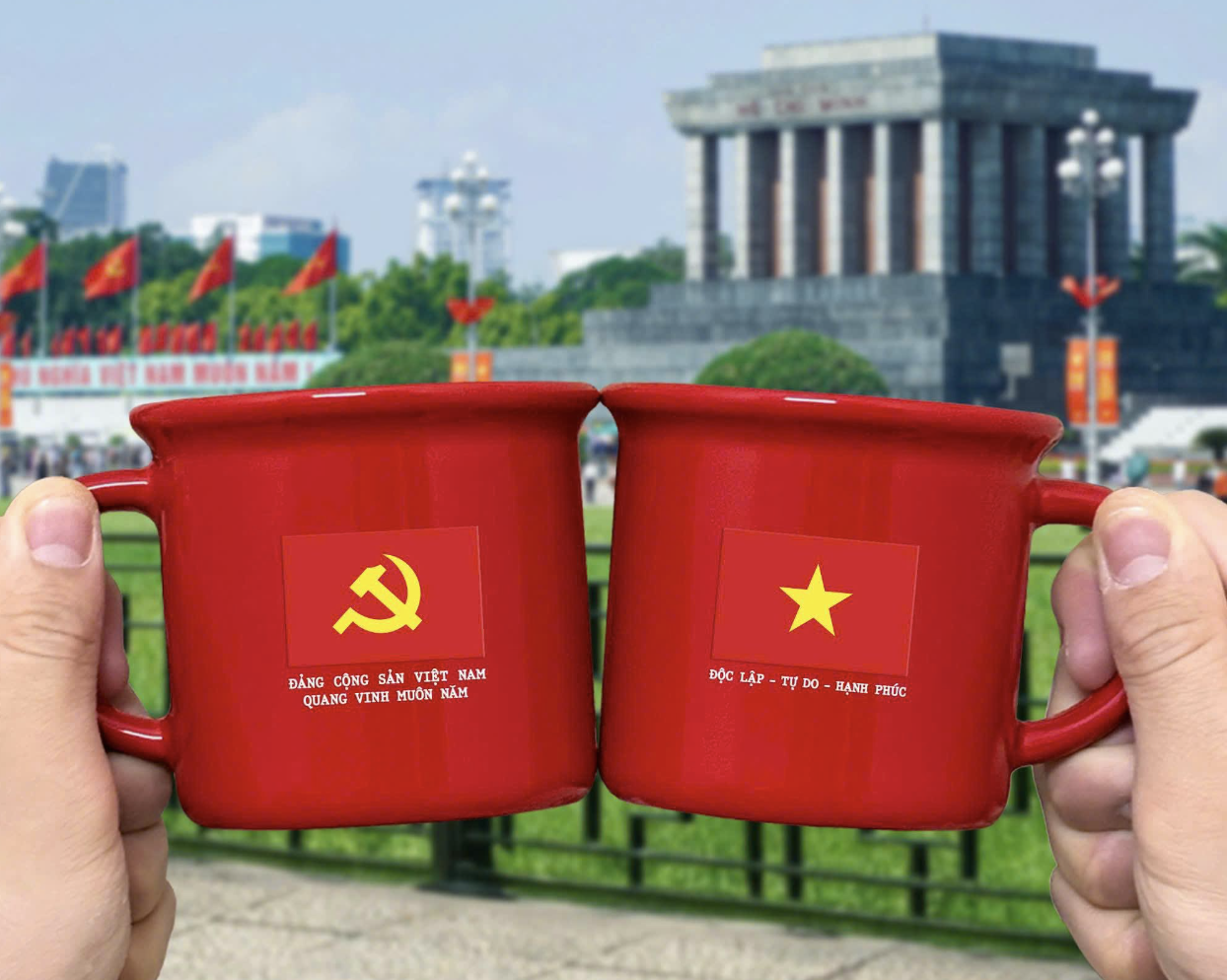












































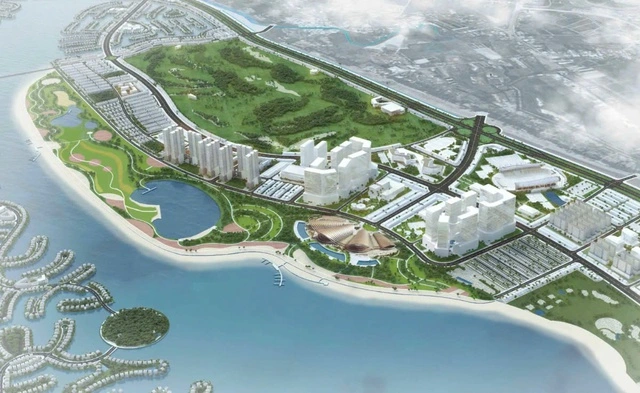


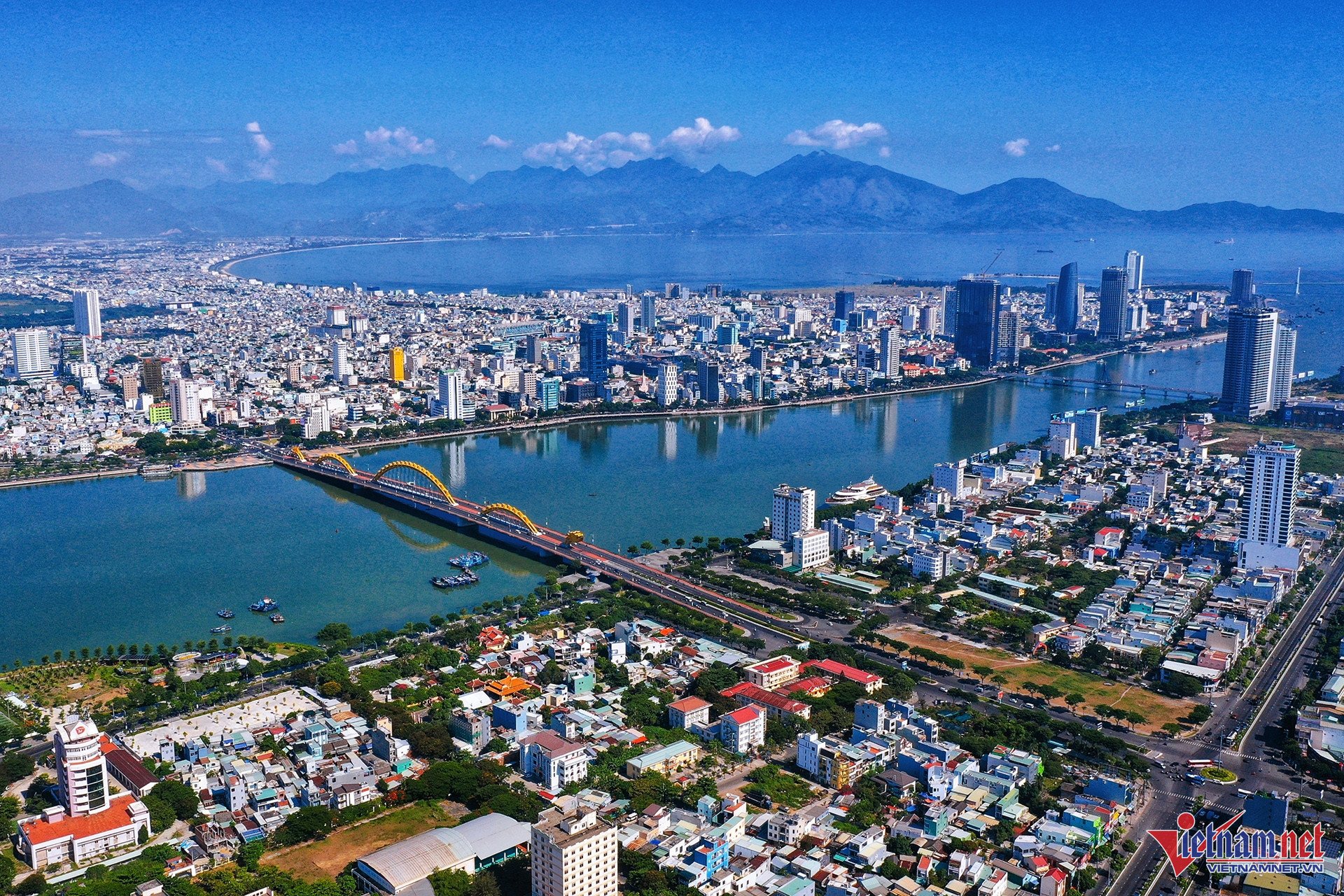
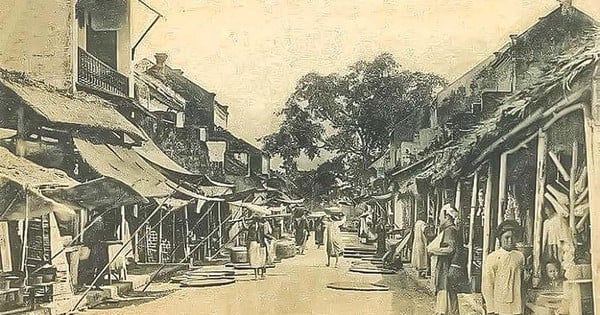



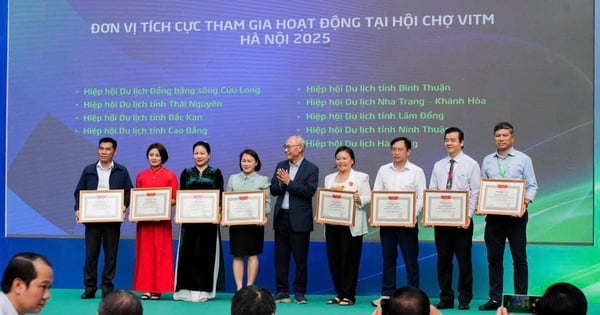





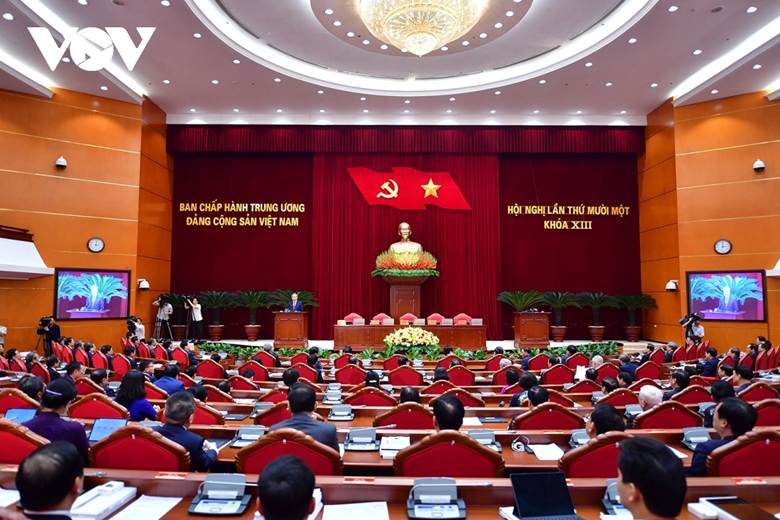

















Comment (0)